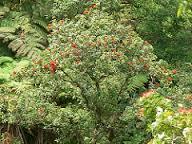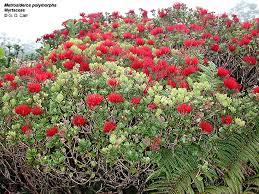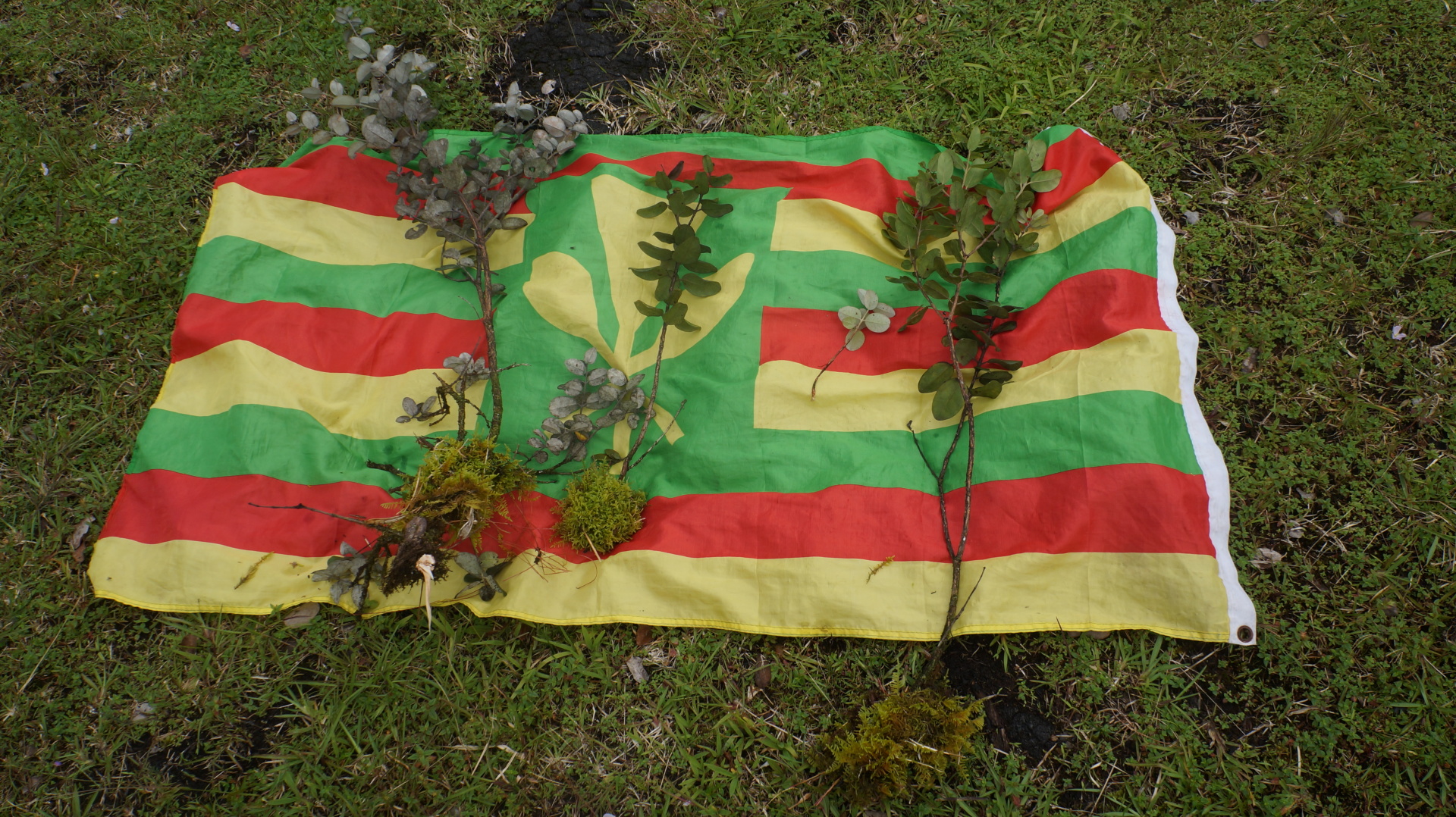
CALIFORNIA / OREGON:
OAK
Collecting from 500 year old grandmother trees along the Columbia River, from 50 year old trees planted in public parks, and from other fine specimen in between, our efforts aim to preserve the rich history of the oak tree, and to re-create an awareness and a culture of eating from the trees once again.

Source Conservation Collaborators
OAK
Nick Lake & Earth Ecology, LLC




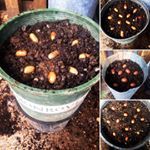
Nick, owner and manager of
Earth Ecology, LLC
of the Pacific North West is our primary Oak grower. He is currently cultivating many different species of Oak up and down the west coast in San Diego and Marin/Sonoma County of California to Portland Oregon/Vancouver, Washington. Different species include Coast Live Oak, Scrub Oak, Cork Oak, Sadler's Oak, Huckleberry Oak, and Oregon White Oak. Nick transplants small trees into their final homes, and plants acorns directly in the soil and also in tall pots (sometimes stacking three pots tall in order to provide space for the Oak's long taproot to reach down deep in its early life).

Golden Eagle Forest Alliance
West Coast - California - Oregon
Golden Eagle Forest Alliance creates food plots of Oak trees to feed the basis of the food chain.
Small mammals which are the primary food sources for Eagles and Mountain Lions eat acorns.
Based in Humbodlt County, we have forged an alliance with local indiginous wisdom keepers.
We have both Golden Eagles and Bald Eagles as well as many other raptors in our region. Our
mission is to Curate panther preserves, develope agroforesty regenerative practices, recreate Oak
Savannas and facilitate native plant nursery sites. We Seek to inspire and educate our communities.
We host workshops and events.
"The Lion Guards The Path."
"The Lion Guards The Path."

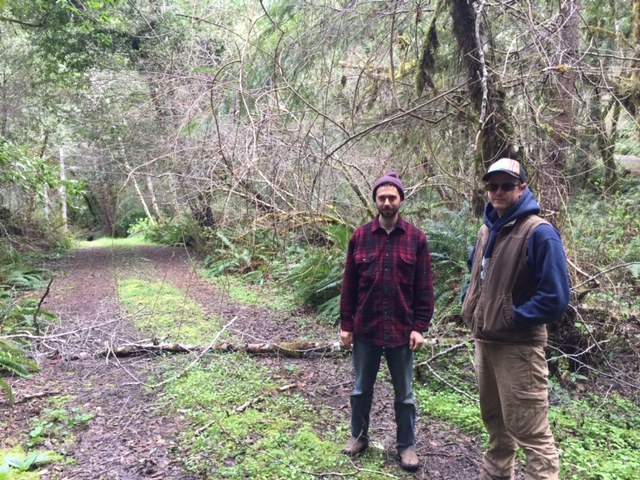
True Grass Farms
Marin California
Carbon Farm Plan
Located in Marin County, Near Bodega Bay, Truegrass farms contains various agroecological Installations.
Plantings of over 1000 native plants including Oaks, Elders, Alders, Ceanothus, Toyon, Coffeeberry, Wax Myrtle,
and so many more. (2018-2019) Oak and Chestnut silvopasture fill over 8 acres of grassland
that hosts a holistically managed cattle grazing program.
Projects include Riparian Forest Buffers, Hedgerows, and Silvopasture installed with fuding secured from the California Healthy Soil Program and local Resource Conservation District in compliance with a carbon farm plan created in a multi-organization collaboration.


REDWOODS
Redwoods contain an ancient heritage within them - they are the true survivors of California's unique climate history. Their extremely valuable wood pales in comparison to the immense spiritual value they hold for most everyone that is privileged enough to spend time under an old growth grove. Redwoods essentually never stop growing, and they grow with such a great vigor that their role as ultimate carbon sequesters cannot be ignored. This combination of value (economic, ecological, and spiritual) places them in a prime position of focus for Source Conservation reforestation efforts.
Source Conservation Collaborators
Redwood
Wildheart Forest Farm
Mendocino CA
Katie Coffman and Jesse Hanna of Wildheart Forest Farm have been devoted to ecological justice and responsible living for many years. They recently acquired four acres of amazing redwood forest near the beautiful coast of California. They steward the ancient redwood genetics with keen eyes for holistic and long term ecosystem health. Source Conservation is proud and honored to be collaborating with such an amazing and loving team in our Redwood reforestation and stewardship efforts.
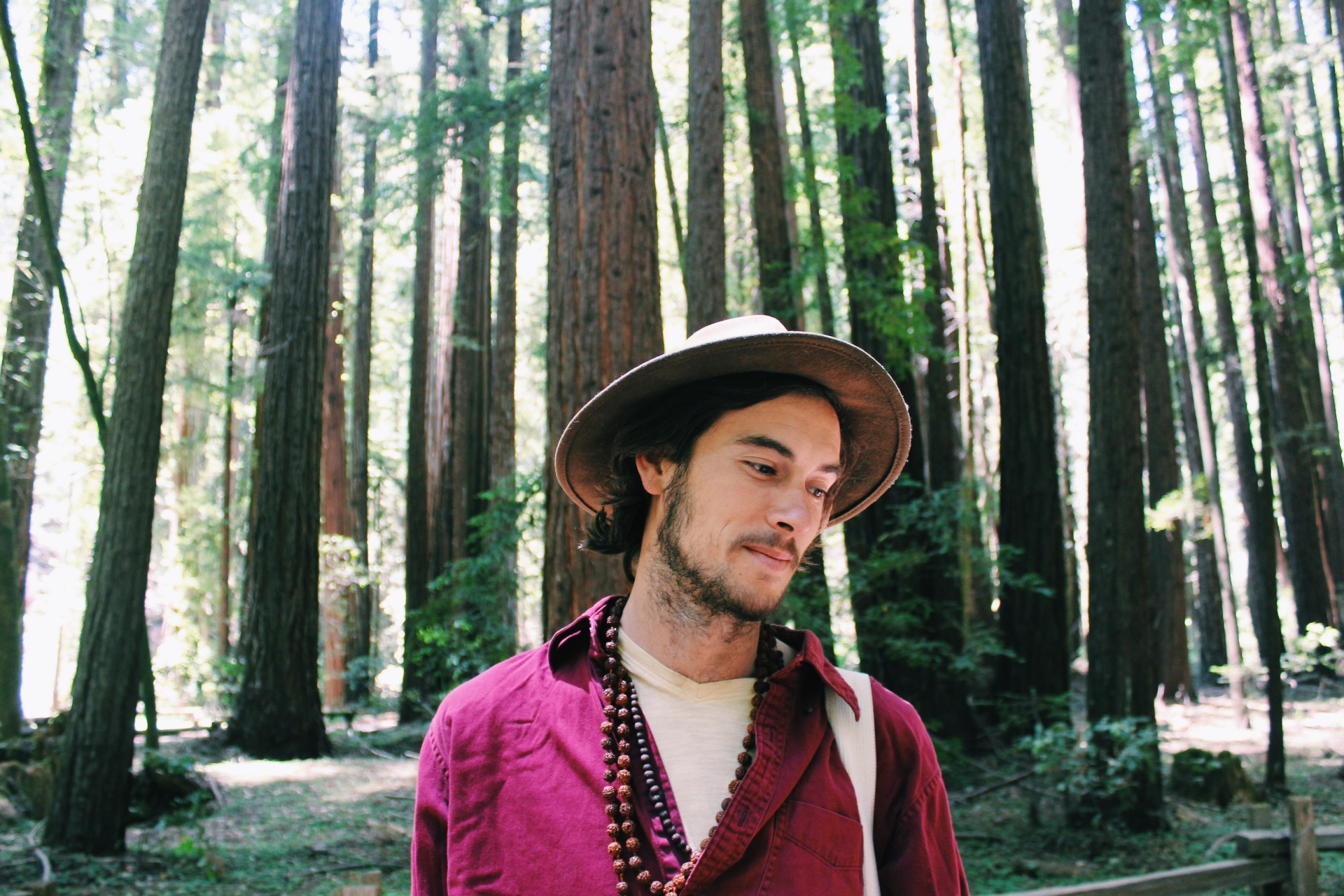

HAWAIIAN PLANT
CONSERVATION


Hawaii Conservation Goals:
1) Native Plant Propagation
2) Cultural Site Restoration
3) Ahupuaa - Watershed Management
____________________________________________________
1) Native Plant Propagation and Plantings
We are developing several nurseries on the island 'Hawaii' also known as the Big Island. Projects in both Hilo and Kona have been designed for propagating native plants and trees, as well as, useful medicinal and food plants. Our efforts clean the land from invasive and redundant species of plants. We in turn replant a biodiverse selection of food, as well as, cultural and medicinal plants throughout the agricultural sections of these lands. While the Conservation sectors or ecological coridors will be modified with additional native trees. The plants we chose will attract beneficial pollinators such as native bees, butterflies and birds.
2) Cultural and Sacred Site Restoration
We clean and restore ancient Hawaiian stonestructures, archeoogical sites and various features of the lands which we steward. Thus maintaining clear trails to the various sites and space around various features so we can easily access them. Studying and sharing these sites helps develop information about them to catalogue for anthropological and historical interests.
3) Ahapua’a – Watershed management
To protect the watershed, means to keep it free of contamination. We will not use any chemical or toxic additives in our agricultural arrangements. By routing the watershed , known as an "Ahapua'a" through traditional Polynesian methods, we will irrigate many crops with the natural water features on these lands. We will curate pathways and access to various water features and agricultural sectors along the ahapua’a.
Mission
We seek to install additional biodiverse agricultural arrangements of various sizes, Conservation Corridors and a complimentary a nurserys focusing on Native Hawaiian Species for sharing in the community. By focusing on useful Polynesian herbs and food plants, our dynamics invoke traditional farming methods. We grow root crops, herbs, fruits and flowers. Our crops are preserved by a solar dehydrator. In a few acres we can produce a vast array of medicinal, edible and valuable plants while achieving goals of sustainability, cleanliness and biodiversity. Our agricultural areas and conservation zones produce positive effects on the ecology.
Mamaki
A keystone Species in our Hawaiian Native Plant Guild is - Mamaki – a native plant to Hawaii with heart shaped leaves, that is used by being made into antioxidant rich adaptogenic tea. Mamaki use is traditional in Hawaiian Herbal medicine – known as “La pa ao”. Additionally a Golden ‘king’ Kamehameha butterfly spends its life as a caterpillar eating the mamaki plant- making mamaki a keystone species for native pollinators.
La pa Au herbs
By growing edible and medicinal herbs native to the Hawaiian Islands we aim to farm beneficial plants promoting biodiversity in the ecosystem. Ginger, turmeric, hibiscus, lemon grass, kava, mamaki, moringa, katook and many other traditional Polynesian and Hawaiian herbs have minimal negative impact on the surrounding forests, unlike many other crops, which prove invasive in our island environment. The yields of roots, leaves, flowers and fruits will provide nutrition for our local communities at low cost. Our efforts will pass on the mana (energy) of organic food, local living and quality of life. These herbal gardens can provide space to teach each other about how plants and nature work in harmony with humanity. We can use the herbs to maximize our wellbeing and also maximize biodiversity in our native ecology. Moringa and katook are leafy tree greens rich in all essential amino acids providing a superior protein source. Turmeric produces a nueroregerative compound curcumin.
Hawaiian Ohia Lehua Trees:
ʻōhiʻa lehua (Metrosideros polymorpha) is an native
tree to the Hawaiian Islands with great importance. The red orange
yellow white flowers of Ohia Lehua symbolize Pele – the creation goddess
of lava. Ōhiʻa-dominant forests cover nearly one million acres of land
(80% of Hawaii’s Forests). This rigorous pioneer species contributes to
primary succession by colonizing fresh lava substrate – building the
soil and amplifying the ecology by engendering prolific microorganismic
and fungal life.
Since 2014 Rapid Ohia Death (which appears to kill
trees in a matter of weeks) has caused massive damage to the forests of
Big Island Hawaii. Researchers have identified two genus of Ceratocytis
(an invasive fungal pathogen) responsible for killing 10% of the trees,
with many more projected to be lost. In conjunction an invasive
wood-boring beetle (X. Saxesenii) has been responsible for helping
spread the fungus by attacking weak Ohias enabling the wind spread of
their inoculated ‘frass’ or sawdust. The “ROD Strategic Response Plan”
was issued in November 2016 in Hawaii’s capitol, Honolulu on the island
of Oahu, during the ROD Summit, which outlines spending upwards of $10
million dollars or more in the next three years in efforts to contain
and suppress the disease. Regeneration strategies involve developing 1)
nurseries for new Ohia seedlings, 2) Securing Ohia groves as botanical
sanctuaries, as well as 3) collecting to identify and preserve different
varieties of Ohia (as some may have fungal resistance). "They [ohia]
provide shelter and food for numerous native birds, including endemic
Hawaiian nectar-feeding honeycreepers such as the ʻapapane and ʻiʻiwi,
as well as innumerable insects, snails and other invertebrates. Their
trunks act as nurse logs, supplying nutrients, water and protection for
native seedlings and epiphytes. Their canopies capture mists and
rainwater that replenish our island aquifers, which provide drinking and
irrigation water for Hawaiʻi’s communities).” (‘About Ohia’ UH Manoa
ROD.org)
As “ ʻŌhiʻa seedlings are also among the most sought-after
plants for native landscaping” (ROD SRP pg 2). “Currently, sources of
native species for out planting are limited, and so part of the
landscape restoration solution will need to include an expansion of
nursery capacity… (ROD SRP).
tree to the Hawaiian Islands with great importance. The red orange
yellow white flowers of Ohia Lehua symbolize Pele – the creation goddess
of lava. Ōhiʻa-dominant forests cover nearly one million acres of land
(80% of Hawaii’s Forests). This rigorous pioneer species contributes to
primary succession by colonizing fresh lava substrate – building the
soil and amplifying the ecology by engendering prolific microorganismic
and fungal life.
Since 2014 Rapid Ohia Death (which appears to kill
trees in a matter of weeks) has caused massive damage to the forests of
Big Island Hawaii. Researchers have identified two genus of Ceratocytis
(an invasive fungal pathogen) responsible for killing 10% of the trees,
with many more projected to be lost. In conjunction an invasive
wood-boring beetle (X. Saxesenii) has been responsible for helping
spread the fungus by attacking weak Ohias enabling the wind spread of
their inoculated ‘frass’ or sawdust. The “ROD Strategic Response Plan”
was issued in November 2016 in Hawaii’s capitol, Honolulu on the island
of Oahu, during the ROD Summit, which outlines spending upwards of $10
million dollars or more in the next three years in efforts to contain
and suppress the disease. Regeneration strategies involve developing 1)
nurseries for new Ohia seedlings, 2) Securing Ohia groves as botanical
sanctuaries, as well as 3) collecting to identify and preserve different
varieties of Ohia (as some may have fungal resistance). "They [ohia]
provide shelter and food for numerous native birds, including endemic
Hawaiian nectar-feeding honeycreepers such as the ʻapapane and ʻiʻiwi,
as well as innumerable insects, snails and other invertebrates. Their
trunks act as nurse logs, supplying nutrients, water and protection for
native seedlings and epiphytes. Their canopies capture mists and
rainwater that replenish our island aquifers, which provide drinking and
irrigation water for Hawaiʻi’s communities).” (‘About Ohia’ UH Manoa
ROD.org)
As “ ʻŌhiʻa seedlings are also among the most sought-after
plants for native landscaping” (ROD SRP pg 2). “Currently, sources of
native species for out planting are limited, and so part of the
landscape restoration solution will need to include an expansion of
nursery capacity… (ROD SRP).
For some ownerships, non-native species solutions may be
selected to restore forest cover and keep out invasive species. (ROD SRP
pg15). However, “An important tool in preventing the extinction of
threatened flora is the gathering and storage of seeds as a “genetic
safety net.” (Rapid Ohia Death Strategic Response Plan pg15).
Our Botanical sanctuary will be managed with Argroforestry and
Diversified Organic Farming methods involving no use of chemical
fertilizers, insecticides, or chemicals additives of any kind. We will
implement the development of diverse polycultural plantings of native
and edible species (interspecies planting), cover crops, crop rotation,
hedgerows, buffer strips, riparian corridors, woodlots and meadows, with
emphasis on low/no till and composting methods. Our actions will
positively impact the environment in the following ways: Increase soil
retention of water, increase soil quality, promote biodiversity, weed
control, resilience to climate change, increased yield, pollination
services, disease control, pest management, carbon sequestration,
reduction of warming potential, resistance to environmental disturbance
(drought, heavy rain etc), and crop productivity (Ohia leaf and flower
buds are used in Hawaiian herbal ‘Lapa Au’ Medicine and will be
interplanted with other traditional Hawaiian food and medicine plants).
selected to restore forest cover and keep out invasive species. (ROD SRP
pg15). However, “An important tool in preventing the extinction of
threatened flora is the gathering and storage of seeds as a “genetic
safety net.” (Rapid Ohia Death Strategic Response Plan pg15).
Our Botanical sanctuary will be managed with Argroforestry and
Diversified Organic Farming methods involving no use of chemical
fertilizers, insecticides, or chemicals additives of any kind. We will
implement the development of diverse polycultural plantings of native
and edible species (interspecies planting), cover crops, crop rotation,
hedgerows, buffer strips, riparian corridors, woodlots and meadows, with
emphasis on low/no till and composting methods. Our actions will
positively impact the environment in the following ways: Increase soil
retention of water, increase soil quality, promote biodiversity, weed
control, resilience to climate change, increased yield, pollination
services, disease control, pest management, carbon sequestration,
reduction of warming potential, resistance to environmental disturbance
(drought, heavy rain etc), and crop productivity (Ohia leaf and flower
buds are used in Hawaiian herbal ‘Lapa Au’ Medicine and will be
interplanted with other traditional Hawaiian food and medicine plants).

